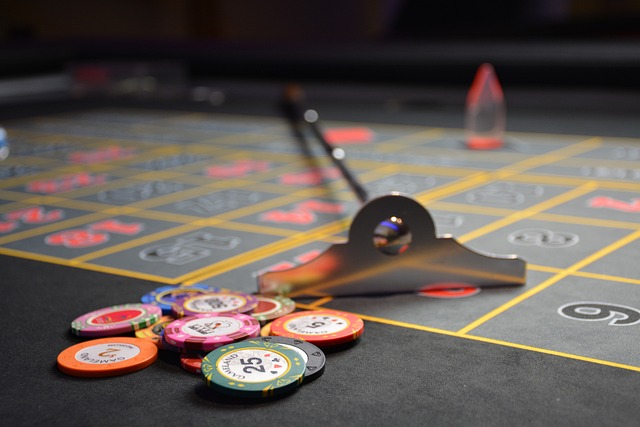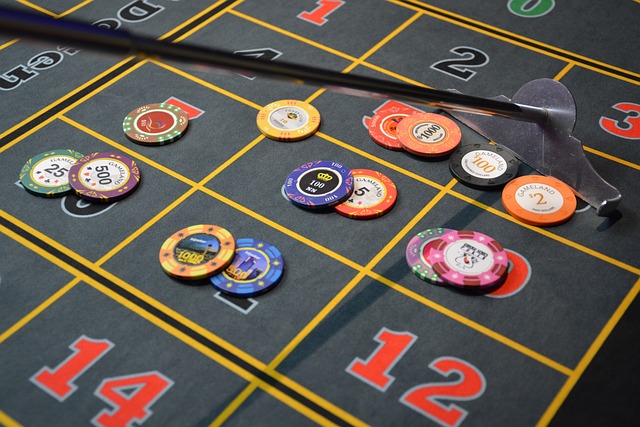The Phases of the Game – From Design to Decline
The development of a casino game follows several phases. They are all essential to ensure its success in a highly competitive market. Although these games seem simple, behind them lies a complex process of design, testing, updates and, eventually, retirement or revamp. This cycle can vary in length depending on factors such as popularity, trends and technology.
Design
It all starts with the design phase. Developers conceptualize the game, whether it is a new format or a reinvention of a classic one. Market trends and player tastes are analyzed. The goal is to create something attractive and profitable.
The balance between chance and entertainment is key. The game must be exciting but also fair. Here, algorithms and random number generators (RNG) are used to comply with regulations.
Development and Testing

Next, comes technical development. Engineers, designers, and sound specialists build the game. The infrastructure must work on physical and digital platforms.
Next, comes testing. Testers make sure everything works well: that there are no errors, that the odds are fair, and that the user experience is optimal.
Launch
Once ready, the game is released to the market. Marketing strategies are key in this phase. Promotions, collaborations with casinos, and advertising campaigns help give it visibility.
The first few months are crucial. If the game doesn’t hook players, it could fail. The launch defines much of the title’s fate.
Adjustments and Updates
With the game already in circulation, the work doesn’t end. Developers must monitor performance and make adjustments. Through updates, errors are corrected or new features are added to maintain interest.
In online games, updates are more frequent, as competition is fierce and players are always looking for new things.
Maturity and Maintenance

If the game is successful, it enters the maturity phase. It is already stable and popular, but it is vital to maintain that relevance. Developers continue to offer technical maintenance to avoid problems.
Even at this stage, competition remains a challenge. Players are always looking for new experiences, and the game must adapt to remain profitable.
Decline or Renewal
Finally, decline comes. Over time, games lose relevance, either due to new titles or changes in trends. Here, developers face two options: retire the game or renew it.
Sometimes, games can be revitalized with improvements or a new version. But if the game is no longer profitable, it is retired permanently.
Lifespan
The life cycle of a casino game is a process that requires constant planning and adaptation. From its design to its decline, each phase has its importance. Games that manage to evolve and adapt to market demands are the ones that survive in the entertainment industry.
